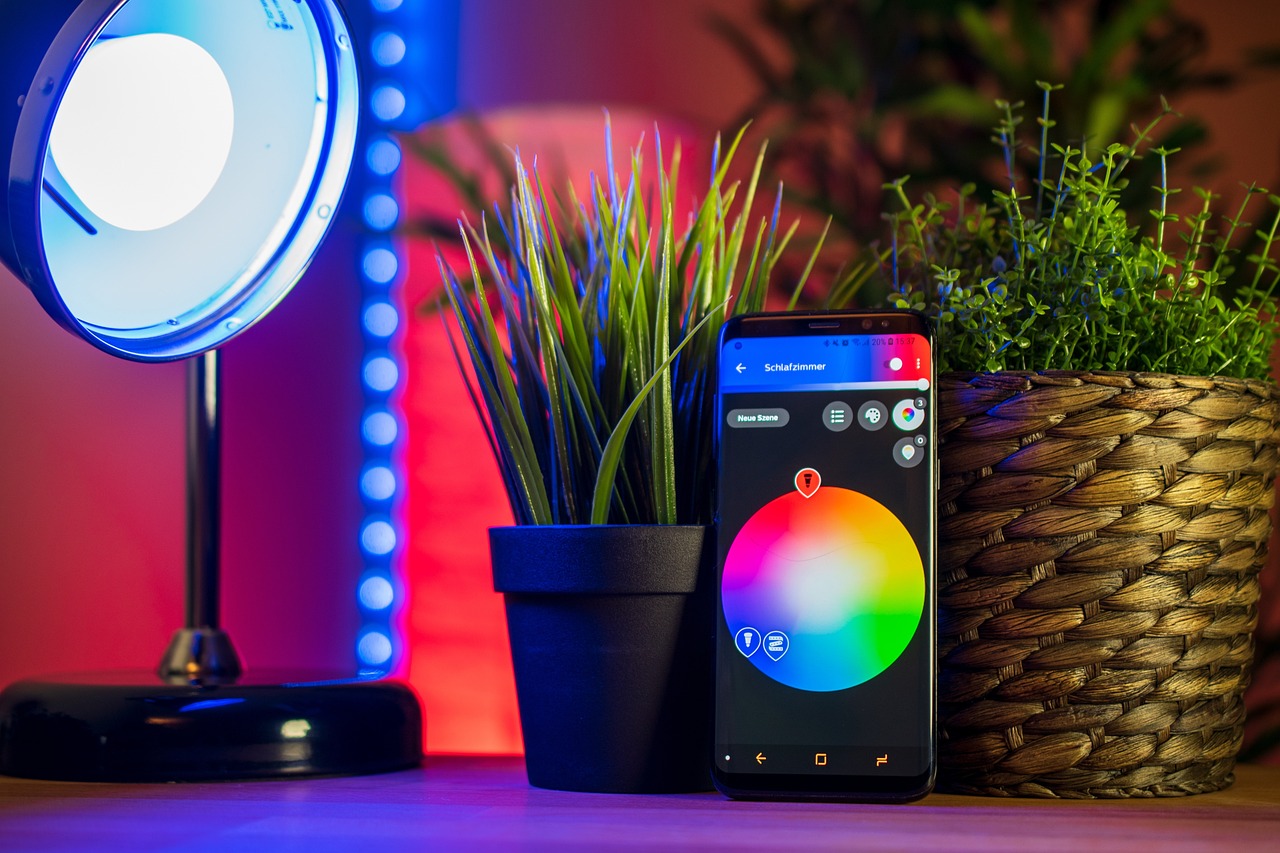Maintaining a Clean and Allergen-Free Home Environment
Sneezing, coughing, and itching eyes are common indicators that allergens may be present in your home. These symptoms can be especially prominent in certain areas of the house, such as near carpets, curtains, or upholstery where dust mites and pet dander tend to accumulate. If you notice an increase in these reactions when spending time indoors, it may be a sign that allergens are lingering in your living space.
Another sign of allergens in your home is the presence of mold or mildew, which can cause allergic reactions in susceptible individuals. Musty odors, water stains on walls or ceilings, and visible mold growth are all red flags that there may be mold spores circulating in the air. Additionally, if you or your family members experience worsened allergies or asthma symptoms while at home, it could be a sign that allergens are exacerbating these conditions.
Identifying Common Allergens
Common allergens are substances that trigger allergic reactions in individuals. One common allergen found in many homes is dust mites. These microscopic creatures thrive in warm and humid environments, such as bedding, upholstered furniture, and carpets. Dust mite allergens can cause symptoms like sneezing, runny nose, and itchy eyes in sensitive individuals.
Another common allergen is pet dander, which consists of tiny particles of skin shed by animals like cats and dogs. Even if you don’t have pets, pet dander can still be present in your home if you have visitors who own pets. It can easily become airborne and trigger allergies, causing symptoms such as coughing, wheezing, and skin rashes in allergic individuals.
Effective Cleaning Techniques for Allergen Removal
Vacuuming regularly is essential in removing allergens from carpets, rugs, and upholstery. Use a vacuum cleaner equipped with a high-efficiency particulate air (HEPA) filter to trap small particles such as dust mites, pet dander, and pollen. Focus on high-traffic areas and don’t forget to vacuum under furniture and along baseboards where allergens tend to accumulate.
Dusting surfaces with a damp cloth or microfiber cloth can help capture and remove allergens effectively. Avoid using feather dusters or dry cloths that can scatter allergens into the air. Pay special attention to areas like ceiling fans, window sills, and blinds where dust and other allergens can easily collect. Remember to wash cleaning cloths regularly in hot water to prevent reintroducing allergens back into your home.
Vacuum regularly with a HEPA filter-equipped vacuum cleaner
Focus on high-traffic areas and under furniture
Dust surfaces with a damp cloth or microfiber cloth
Avoid feather dusters or dry cloths that scatter allergens
Pay special attention to ceiling fans, window sills, and blinds
Wash cleaning cloths regularly in hot water
How can I tell if there are allergens in my home?
Look out for common signs such as sneezing, coughing, watery eyes, and skin rashes. You can also get an allergen test kit to confirm the presence of allergens in your home.
What are some common allergens found in homes?
Common allergens found in homes include dust mites, pet dander, mold spores, pollen, and cockroach droppings.
How often should I clean my home to remove allergens?
It is recommended to clean your home regularly, at least once a week, to effectively remove allergens and prevent their buildup.
What are some effective cleaning techniques for allergen removal?
Some effective cleaning techniques include vacuuming with a HEPA filter, washing bedding in hot water, using allergen-proof mattress and pillow covers, wiping down surfaces with a damp cloth, and using an air purifier.
Can I completely eliminate allergens from my home?
While it may be difficult to completely eliminate all allergens from your home, regular cleaning and maintenance can significantly reduce allergen levels and improve indoor air quality.







